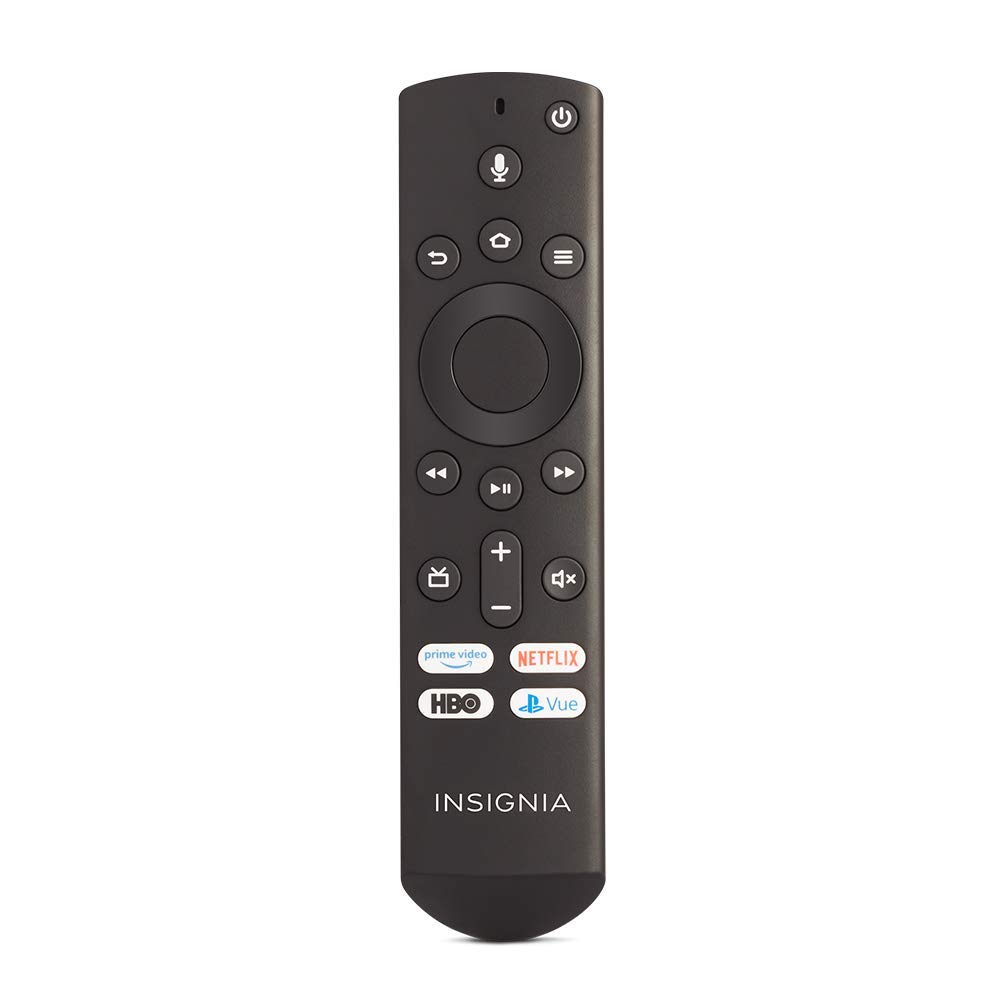Television (TV), sometimes reduced to tele or telly, is a telecommunication medium used for transmitting moving images in monochrome (black and white), or in color, and in two or three dimensions and sound. The term can take up to a television set, a television show, or the medium of television transmission. Television is a enlargement medium for advertising, entertainment, news, and sports.
Television became reachable in slapdash experimental forms in the tardy 1920s, but it would yet be several years back the supplementary technology would be marketed to consumers. After World lawsuit II, an better form of black-and-white TV broadcasting became well-liked in the united Kingdom and associated States, and television sets became commonplace in homes, businesses, and institutions. During the 1950s, television was the primary medium for influencing public opinion. In the mid-1960s, color broadcasting was introduced in the US and most new developed countries. The availability of fused types of archival storage media such as Betamax and VHS tapes, high-capacity hard disk drives, DVDs, flash drives, high-definition Blu-ray Discs, and cloud digital video recorders has enabled spectators to watch pre-recorded materialsuch as moviesat house upon their own grow old schedule. For many reasons, especially the user-friendliness of cold retrieval, the storage of television and video programming now occurs on the cloud (such as the video on demand serve by Netflix). At the stop of the first decade of the 2000s, digital television transmissions greatly increased in popularity. marginal enhancement was the influence from standard-definition television (SDTV) (576i, with 576 interlaced lines of final and 480i) to high-definition television (HDTV), which provides a final that is substantially higher. HDTV may be transmitted in various formats: 1080p, 1080i and 720p. previously 2010, later than the invention of intellectual television, Internet television has increased the availability of television programs and movies via the Internet through streaming video services such as Netflix, Amazon Video, iPlayer and Hulu.
In 2013, 79% of the world's households owned a television set. The replacement of to the front bulky, high-voltage cathode ray tube (CRT) screen displays in the same way as compact, energy-efficient, flat-panel substitute technologies such as LCDs (both fluorescent-backlit and LED), OLED displays, and plasma displays was a hardware lawlessness that began like computer monitors in the late 1990s. Most TV sets sold in the 2000s were flat-panel, mainly LEDs. Major manufacturers announced the discontinuation of CRT, DLP, plasma, and even fluorescent-backlit LCDs by the mid-2010s. In the close future, LEDs are usual to be gradually replaced by OLEDs. Also, major manufacturers have announced that they will increasingly build smart TVs in the mid-2010s. intellectual TVs afterward integrated Internet and Web 2.0 functions became the dominant form of television by the tardy 2010s.
Television signals were initially distributed on your own as terrestrial television using high-powered radio-frequency transmitters to shout from the rooftops the signal to individual television receivers. Alternatively television signals are distributed by coaxial cable or optical fiber, satellite systems and, since the 2000s via the Internet. Until the at the forefront 2000s, these were transmitted as analog signals, but a transition to digital television is time-honored to be completed worldwide by the late 2010s. A good enough television set is composed of combination internal electronic circuits, including a tuner for receiving and decoding present signals. A visual display device which lacks a tuner is correctly called a video monitor rather than a television.
Insignia™ – 32” Class – LED – 720p – Smart – HDTV – Fire TV Edition – Own Furnishings
Insignia 40" Full HD Roku Smart TV (2015) specifications - LCDChart.com
39" Insignia NS-39DF510NA19 1080p Full HD Smart LED TV - Fire TV Edition for $129.99 Shipped



No comments:
Post a Comment